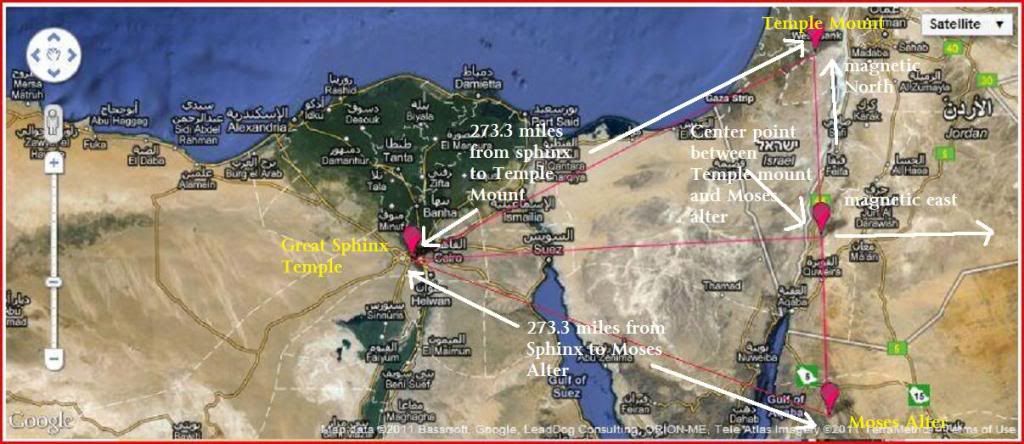The Received Text, or the "Textus Receptus"
Luther W. Martin
Rolla, Missouri
Elzevir's second edition, published in 1633.
* The Greek Text of Stephanus, 1550, was essentially the same
* This basic text also the basis for the Latin Vulgate as translated by Jerome, just before 400 A.D.
* It continued to be the basis for the Vulgate down through the Douay-Rheims Translation of 1582 and
1609 A.D.
* The English versions of the New Testament was completed by John Wycliffe in the year 1380. It was
translated from the Latin Vulgate, and contained a number of defects.
* The next English Translation was that of William Tyndale.
* the same goal . . . that of making it possible for the English plough-boy to become more familiar with
the Holy Scriptures than were those of the Roman priesthood.
* While Tyndale was at Cambridge, that Erasmus published his Greek Testament in 1516. Some nine
years later, Tyndale published his first English New Testament, with a second, slightly revised edition in
1534. Tyndale's work was based upon the received text, of the Greek, including the Latin text of
Erasmus and the German Translation by Martin Luther, that had just been published in 1522.
* It has been stated that 80 percent of the words of Tyndale were used in the 1881 English Revised
Version.
* Meanwhile, the Great Bible was published in 1539-40, based upon the commonly received text.
* So was the Geneva Bible of 1560-62.
* So was the Bishops' Bible of 1568-1602.
* So was the King James Version of 1611.
Gradually A Few Scholars Question The Textus Receptus
* Although the Greek Text of Stephanus (1550) was followed in England, and the text by Elzevir was
followed on the European Continent, there were scholars who ultimately compared more and more Greek
manuscripts of the New Testament as they were discovered.
* Brian Walton, edited a Polyglott Bible, in Greek, Persian, Ethiopic, Latin and Syriac. The Greek text
was that of Stephanus. This five language Bible was published in 1657.
* A John Fell, who later became Bishop of Oxford, published a work in which he compared approximately
100 different manuscripts, in 1675.
* Dr. John Mill published an edition of Stephanus' Text in 1707, and added to it, the variations found in
seventy eight different manuscripts.
* An L. Kuster of Rotterdam modified Mill's work, and added the comparison of some twelve more
manuscripts. This was in 1710.
* J.A. Bengel, the author of Bengel's Gnomon, in 1734 published a New Testament at Tubingen,
Germany, in which he collated a number of variations in readings in the New Testament.
* Although there were others, the more impressive works were those of Griesbach (1805), Lachmann
(1842-50), Tischendorf (1865-1872), Tregelles (1857-1872), Alford (1862-1871), and Wordsworth (1870).
Westcott and Hort
* The two scholars who accomplished the most in erasing the influence of the Textus Receptus, were
Brooke Foss Westcott, and Fenton John Anthony Hort.
* Hort in 1851 that he considered the Textus Receptus "vile" and "villainous," yet admitted in the same
writing that he had read "so little Greek Testament."
* He also told a friend that he and Westcott would have a new Greek Testament issued in a little more
than a year. That was in 1853 . . . but they did not publish their new text until some twenty-eight years
had elapsed.
* Hort was no doubt greatly influenced by Tischendorf's discovery, of the Codex Sinaiticus in 1844.
* Also by this time, the Roman Catholic Church was allowing scholars to study the Codex Vaticanus,
which had previously been denied to non-Catholic scholars.
* It has been surmised that both of these manuscripts may have been among the fifty manuscripts that
Emperor Constantine ordered to be made during his reign as Emperor of Rome.
* These two manuscripts show signs of having been "worked on" by the same copyist. So it is quite likely
that they came from one single source
* But Westcott and Hort concluded that the Sinaiticus and Vaticanus were older and far superior in
purity, nearer to the original New Testament writings . . . so they rejected the Textus Receptus, totally,
and cast their lot with these two writings that they concluded to be the better.
* But during this one hundred years, numerous papyri have been found that have disproven the W-H
theories. These papyri, in many instances have shown the Textus Receptus (commonly termed the
Byzantine Text) to be the more harmonious with some manuscripts that are also older, and thus nearer in
point of time, to the Apostolic Autographs of the New Testament.
Manuscript Comparison Chart
...
Conclusion
* The textual history history that the WestcottHort text represents is no longer tenable in the light of
newer discoveries and fuller textual analysis.
* Our conclusions concerning the theory of necessity apply also to any Greek text constructed on the
basis of it, as well as to those versions based upon such texts (and to commentaries based upon them).
* On page 92, Mr. Pickering also wrote, "The evidence before us indicates that Hort's history never was
tenable."
* It is my hope that students of the Bible will resume their respect and appreciation for the Majority
Text, the Textus Receptus.
Guardian of Truth XXIX: 1, pp. 3, 22-23
January 3, 1985
The Received Text, or the "Textus Receptus"







